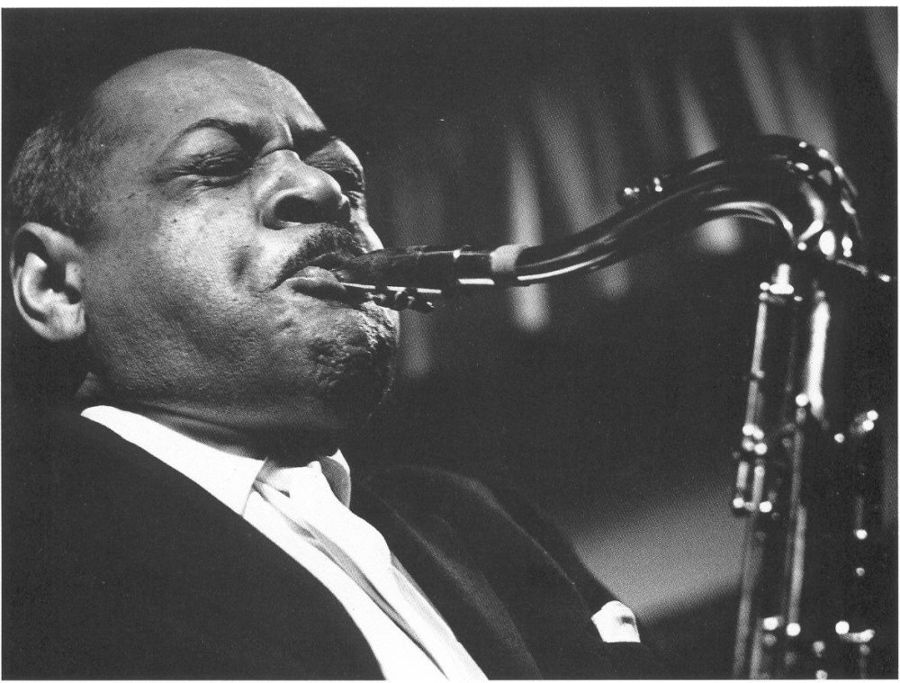[Monday Notes n.6] Although a European invention, the saxophone was widely used in jazz music and it was jazz musicians who developed its sound and technique. Coleman Hawkins, the father of the tenor saxophone, experimented with many techniques during his career: slap tongues, glissando, staccato, vibrato on long notes, wide register excursions. To better understand his style, let us analyse his famous performance of Body and Soul.
The ballad Body and Soul was a classic in the repertoire of Coleman Hawkins. The piece has an AABA structure, each section lasting 8 bars. Coleman Hawkins plays it in its entirety twice, performing the theme only for 8 measures and then devoting himself to improvisation.
The solo is built with a gradual crescendo in dynamics and expressiveness. The phrases become increasingly dense also from a rhythmic point of view and in the range of the intervals, until the climax of the last 8 measures when the sax performs repeated leaps between the extreme registers of the instrument.
The final phrase of the piece shows how Coleman Hawkins’ musical thinking was mainly based on harmony. The saxophonist plays the arpeggio of triads that descend chromatically, finally resolving on the tonic D♭.

This recording was an extraordinary success, and in the following years Coleman Hawkins had to play Body and Soul at almost every concert.
Until next Monday!
This piece is part of the list How to learn 100 jazz standards


